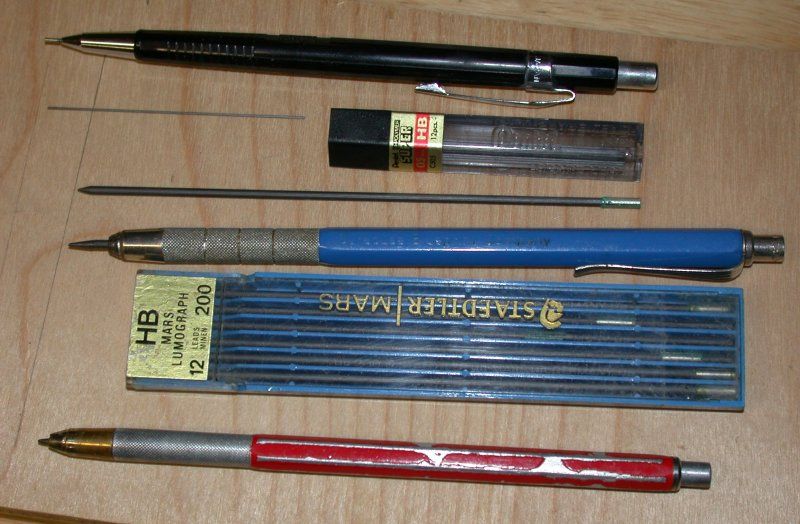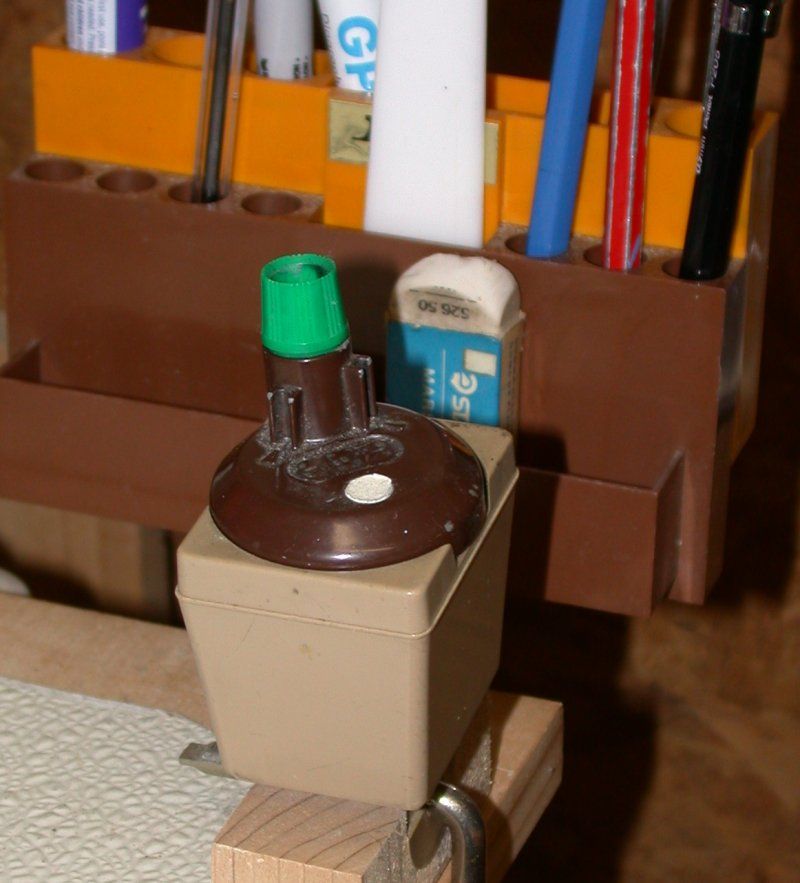Anyone seen these?


Graphite based marking "blades" that fit utlilty knives but mark fine lines along straight edges instead of cutting.
It was intriguing so I ordered some.
at .025" thick or .635mm they are a hair wider than my 0.5mm mechanical pencils I use now, but, they are skinny to side loads but thick in the direction of marking so they may break less, I'm hoping.


Graphite based marking "blades" that fit utlilty knives but mark fine lines along straight edges instead of cutting.
It was intriguing so I ordered some.
at .025" thick or .635mm they are a hair wider than my 0.5mm mechanical pencils I use now, but, they are skinny to side loads but thick in the direction of marking so they may break less, I'm hoping.


 Loring in Katy, TX USA
Loring in Katy, TX USA






Comment